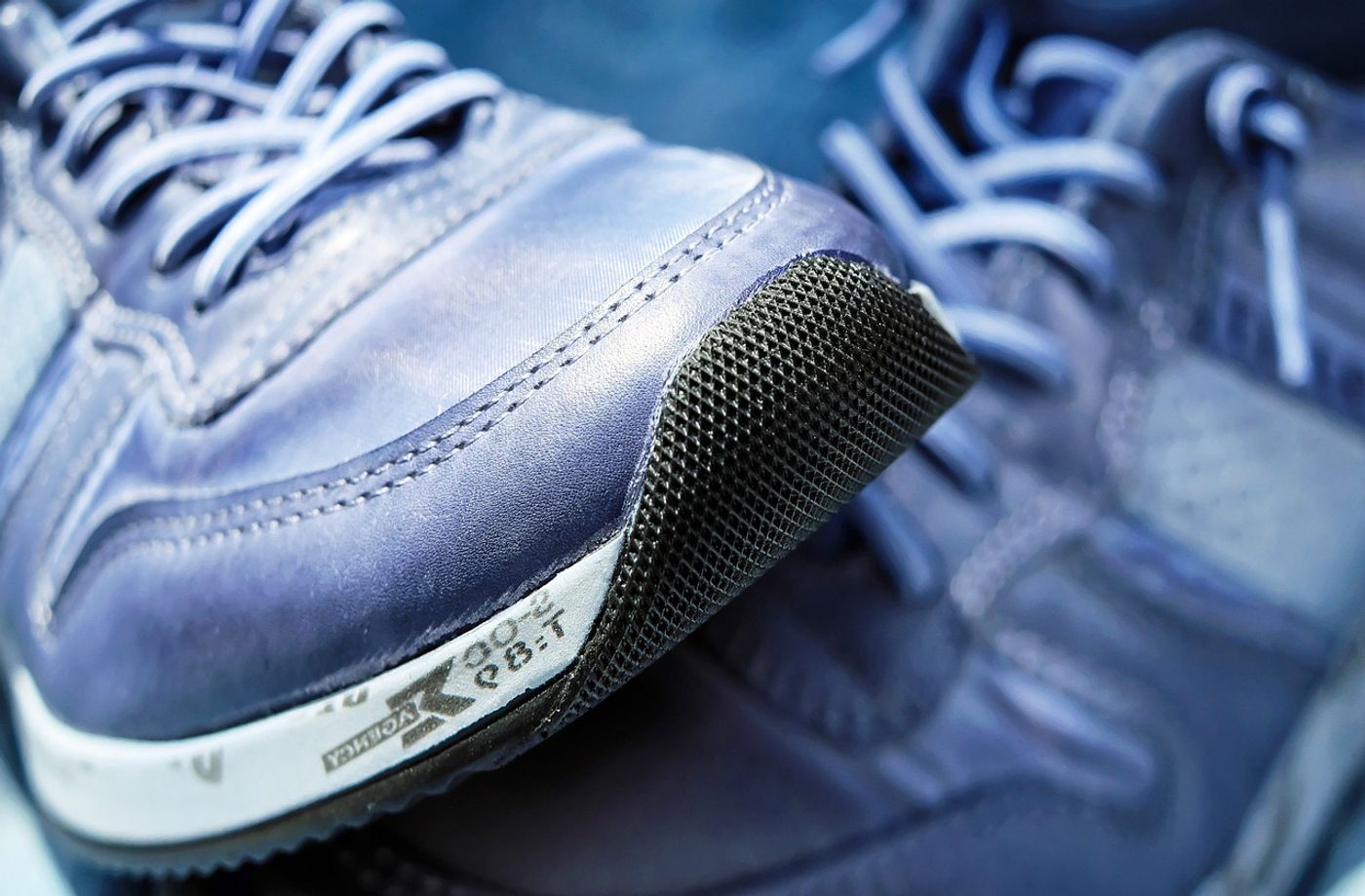Are Calluses Good for Your Feet?
Sandal season brings with it the expectation of perfectly manicured feet. According to Foot Palace Athens, humans go to extraordinary lengths to remove foot calluses, from pumice stones and shaving devices to chemical peel treatments. But, have you ever wondered why our feet develop calluses or how shoes compare to their evolutionary purpose?
Calluses—the evolutionary solution to foot protection—are thickened and hardened areas of the foot’s epidermis. Shoes are a relatively new invention. They were not thickly cushioned nor widely available to the general population due to expense until the Industrial Revolution. Until then, most humans walked barefoot or wore non-cushioned sandals or moccasins.
Modern footwear is undoubtedly a successful and useful invention. However, scientists were curious if humans’ natural adaptation of calluses differs than shoes in tactile sensitivity, or as Kristiaan D’Aout defines it in Nature, “the sensation of the ground beneath our feet.” Preserving tactile sensitivity of feet is essential to athletes such as gymnasts; those with illnesses that impact their balance; or older people whose balance and vision are in decline. Certain diseases, such as diabetes or other medical conditions which may cause low circulation and nerve damage, can also decline foot sensitivity.
Which is better at sensing and improving contact on slippery, abrasive, uncomfortable or harmful surfaces—shoes or calluses? The research team measured calluses (using ultrasound) of 100 adults from Kenya and the United States. Those that reported normally walking barefoot had calluses that were 30% thicker than those who reported wearing shoes most often.
Through a series of tests on foot mechanoreceptors and the forces caused by walking, the researchers discovered that calluses protect your feet while walking, without disrupting your ability to feel the ground. Cushioned shoes provide more protection but compromise your sense of connection to the ground. Also, cushioned shoes deliver more force to other joints, such as the knee. Co-author Daniel Lieberman told Healthday reporters, “the load is basically delivered to the knees,” and that it is worth investigating if modern footwear is contributing to knee or other joint arthritis.
The authors are careful to mention that they are not promoting barefoot living, especially for those with medical conditions like metatarsalgia which require specific foot protection like shoes for metatarsalgia. Lieberman stated, “I’m not anti-shoe, and I’m not telling people to run around barefoot.” He simply wants humans to reconsider our views on unsightly calluses.
Sources: Nature, Nature (2), Healthday









